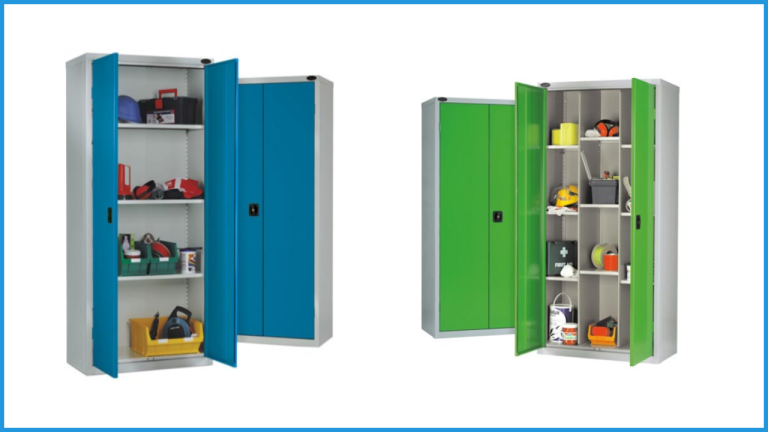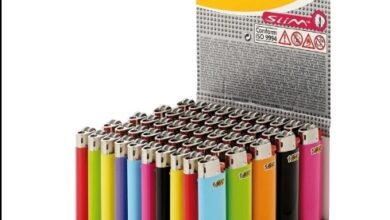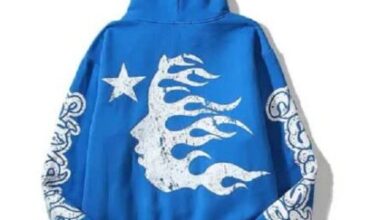
Industrial settings have given birth to a newer segment of fashion nobody imagined. From being a piece of utility equipped with necessary stitching & clothing to being one of the coolest trend inspo, Industrial wardrobe is here to create a buzz & keep it buzzing for at least a few years.
So, what is an Industrial Wardrobe?
Fashion inspired by warehouses, factories and workshops is what we call the Industrial Wardrobe of today. The rugged, raw and utilitarian creation of yesterday is the charming aesthetic piece of today.
Here are some of the key characteristics of an Industrial wardrobe.
- Materials: Industrial-style clothing often incorporates sturdy and durable materials such as denim, canvas, leather, wool, and metal hardware. These materials are chosen for their ability to withstand rugged wear and tear.
- Design Elements: The design of industrial clothing tends to prioritise functionality and practicality. It often features utilitarian details such as large pockets, reinforced stitching, and adjustable straps. Distressed finishes and weathered textures are also common, evoking a sense of authenticity and character.
- Silhouettes: Silhouettes in an industrial wardrobe are typically relaxed, with an emphasis on comfort and ease of movement. Styles may include oversized jackets, loose-fitting tops, cargo pants, and workwear-inspired jumpsuits.
- Colour Palette: The colour palette of an industrial wardrobe is often muted and neutral, reflecting the industrial landscape. Colours such as grey, black, brown, olive green, and navy blue are prevalent, with occasional pops of rusty red or mustard yellow.
Accessories:
Accessories play an essential role in completing the industrial look. Items such as sturdy leather belts, chunky boots, distressed hats, and utilitarian bags are common choices. Industrial-inspired jewellery, featuring metal accents and geometric shapes, can also add a unique touch to the overall aesthetic.
Here’s how you can curate your own industrial wardrobe:
Key Clothing Pieces:
-
- Utility Jacket: Look for a sturdy, functional jacket with multiple pockets and durable materials like canvas or waxed cotton.
- Distressed Denim: Opt for jeans with a worn-in look, featuring distressing, fading, or patchwork details.
- Workwear Shirts: Choose button-up shirts made from heavyweight fabrics like chambray or flannel, with utilitarian details such as patch pockets or reinforced stitching.
- Cargo Pants: Cargo pants or utility trousers are practical and stylish, offering ample storage with their multiple pockets and a relaxed fit.
- Chunky Knit Sweaters: Select knitwear with a substantial texture, such as cable knit or fisherman’s sweaters, in neutral tones like grey, navy, or olive.
- Leather Boots: Invest in a pair of rugged leather boots with a distressed finish, lace-up closure, and sturdy sole for durability and style.
Accessories:
-
- Canvas Tote Bag: Carry your essentials in a durable canvas tote bag with leather accents, perfect for everyday use and adding to the industrial wardrobe aesthetic.
- Sturdy Belt: Choose a thick leather or canvas belt with metal hardware to complement your rugged outfits.
- Beanie or Knit Hat: Keep warm in colder weather with a chunky knit beanie or hat, adding a touch of texture to your look.
- Metal Jewellery: Consider accessorising with minimalistic metal jewellery, such as stainless steel rings, bracelets, or necklaces, to enhance the industrial wardrobe vibe.
Colour Palette:
-
- Stick to a palette of neutral tones like grey, black, brown, navy, and olive, reflecting the industrial wardrobe aesthetic’s raw and understated appeal.
- You can incorporate pops of colour sparingly, but focus primarily on muted and earthy hues to maintain the industrial wardrobe vibe.
Layering and Mixing Textures:
-
- Experiment with layering different textures and materials to add visual interest to your outfits. Mix denim with canvas, leather with knitwear, and chunky fabrics with sleeker ones for a dynamic look.
- Play with contrasting elements like pairing rugged workwear pieces with more refined garments to strike a balance between functionality and sophistication.
Maintenance and Care:
-
-
- Given the rugged nature of industrial wardrobe-style clothing, proper maintenance is essential to ensure longevity. Follow care instructions for each garment, and consider treating leather items with a protective conditioner to maintain their appearance.
- Embrace the natural wear and patina that develops over time, as it adds character and authenticity to your industrial wardrobe.
-
Industrial vs. Minimalist Wardrobe: Finding Your Unique Style
Choosing between an industrial and minimalist wardrobe involves understanding the core principles of each style and determining which resonates more with your personal aesthetic and lifestyle. Here’s a breakdown of each style to help you find your unique style:
Industrial Style:
-
- Characteristics: Industrial wardrobe- style draws inspiration from old factories and warehouses, featuring raw, unfinished elements such as exposed brick, steel beams, and reclaimed wood. It often incorporates utilitarian design, with a focus on functionality and practicality.
- Wardrobe Elements: Clothing items in an industrial wardrobe might include rugged materials like denim, leather, canvas, and wool. Think workwear-inspired pieces like utility jackets, distressed jeans, sturdy boots, and chunky knit sweaters.
- Colour Palette: Neutral tones like grey, black, brown, and navy are prevalent in industrial style, reflecting the industrial landscape.
Minimalist Style:
-
- Characteristics: Minimalism is about simplicity, clean lines, and a “less is more” philosophy. It emphasises sleekness, with an emphasis on quality over quantity and a focus on essential items that serve multiple purposes.
- Wardrobe Elements: Minimalist wardrobes feature timeless, well-tailored pieces made from high-quality materials. Key items might include classic white shirts, tailored trousers, simple dresses, and versatile outerwear like trench coats.
- Colour Palette: Minimalist style often favours a monochromatic colour palette, consisting of neutral shades such as white, black, beige, and grey. These colours create a cohesive and streamlined look.
Tips for Finding Your Unique Style:
- Evaluate Your Lifestyle:Consider your daily activities, work environment, and personal preferences. Are you drawn to functional pieces that can withstand rugged wear, or do you prefer streamlined garments that exude simplicity and elegance?
- Experiment with Both Styles:Try incorporating elements of both industrial and minimalist styles into your wardrobe to see what resonates with you. Mix and match pieces from each aesthetic to create a look that feels authentic and reflects your individuality.
- Focus on Quality:Regardless of which style you lean towards, prioritise quality over quantity when building your wardrobe. Invest in well-made, versatile pieces that will stand the test of time and can be styled in various ways.
- Express Your Personality:Your style should be a reflection of your personality and interests. Don’t be afraid to infuse your wardrobe with unique touches that speak to who you are, whether it’s through statement accessories, unexpected colour combinations, or personalised details.
- Be Open to Evolution:Remember that style is fluid and can evolve over time. Allow yourself the freedom to experiment, refine, and redefine your aesthetic as your tastes and lifestyle change.
Ultimately, finding your unique style is about embracing what makes you feel confident, comfortable, and true to yourself. Whether you gravitate towards the rugged charm of industrial wardrobe-style or the understated elegance of minimalism, the key is to curate a wardrobe that reflects your individuality and brings you joy.
Read also : Smart Lock Market Size, Share | Growth Forecast | 2030



